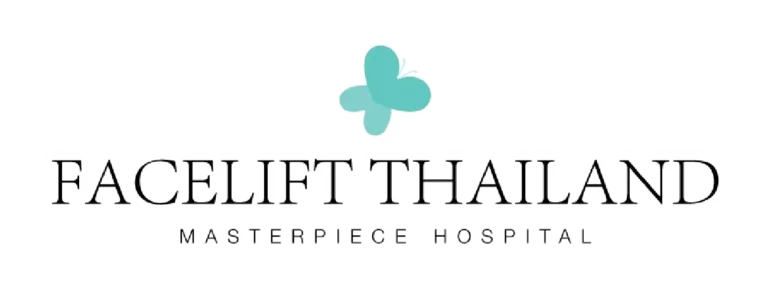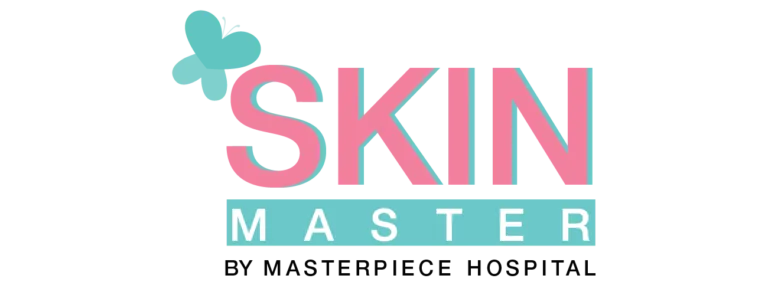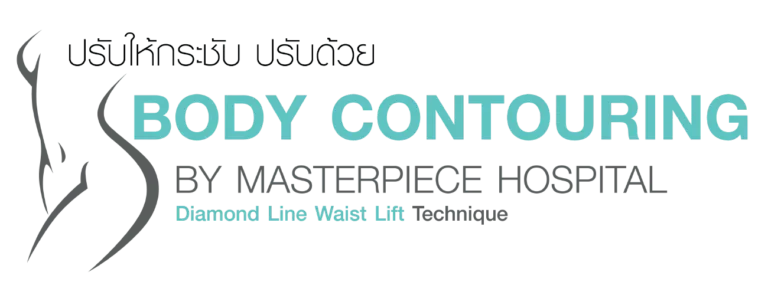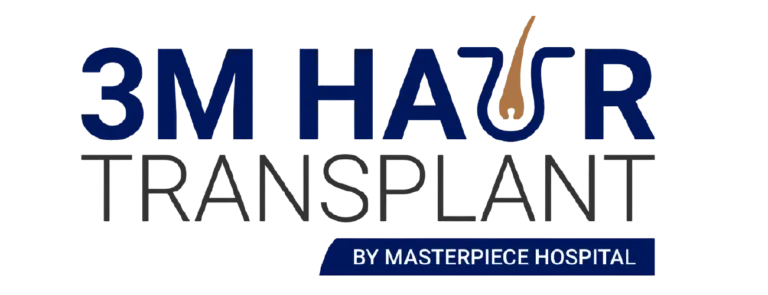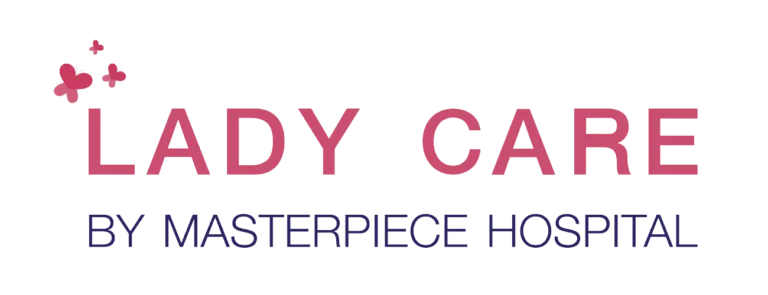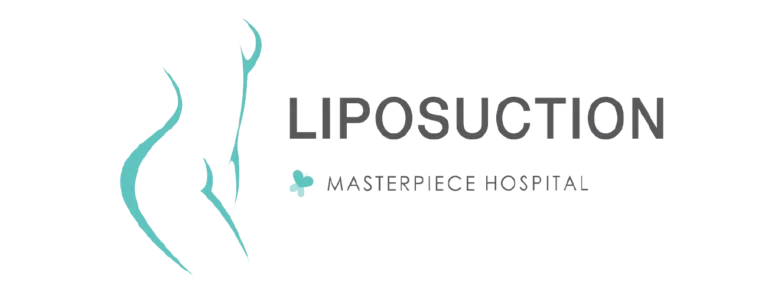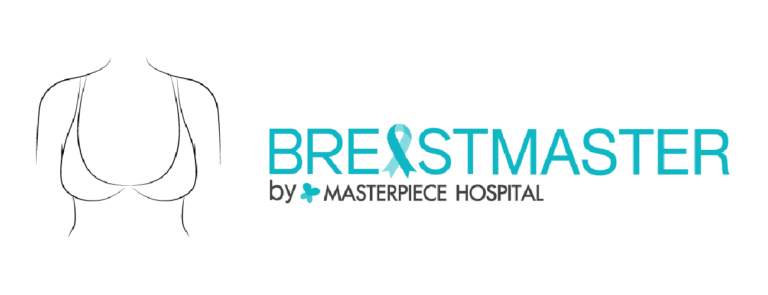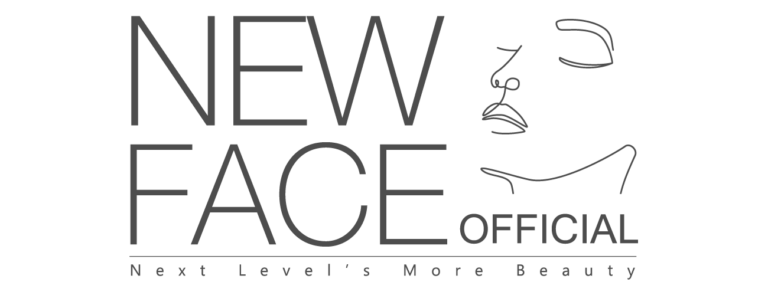Umbilicoplasty to correct an Innie Navel or an Outie Navel.
The navel is an organ that many people overlook, but with current fashion trends and styles that expose the stomach and body shape, more people are paying attention to their appearance. However, some may be born with an unattractive navel, such as an outie belly button or a recessed belly button, which can be eye-catching and lead to a loss of confidence.
Umbilicoplasty is a procedure aimed at enhancing the appearance of the navel, making it look more aesthetically pleasing and natural. It is particularly beneficial for individuals who are dissatisfied with their navel shape, such as those with an outie navel, a deep-set navel, an inverted navel, or irregularities resulting from previous surgeries like abdominoplasty or C-section.

What Causes an Outie Navel?
An outie navel, also known as an umbilical hernia, occurs when the abdominal wall behind the navel is weak or has a defect. This allows internal abdominal organs, such as the small intestine, large intestine, abdominal fat, or peritoneal lining, to protrude through the navel, causing it to stick out or become swollen.
An outie navel is commonly found in newborns due to the abdominal muscles not being fully developed. It is more frequently observed in male infants than female infants and often resolves on its own within 1–2 years. However, in some cases, the condition may persist or even occur in adults due to factors such as excess weight, chronic coughing, constipation, or pregnancy. If the hernia does not resolve on its own or continues to grow, surgical intervention may be required.

How many shapes of navel are there?
- Outie Navel: This is a rather worrying shape, which is the navel that protrudes from the abdominal wall. It is mostly found in children. It will be noticeably larger when the child cries, laughs, coughs, or defecates. It will shrink when the child is relaxed or lying down.
- Innie Navel: The shape of the navel that is sunken down into a hole or a ravine is caused by the navel hole being deep into a ravine, making the navel hole too wide.
- Round navel: A round navel is a navel that looks like the letter O. There are both circular and oval O types. It is caused by the tissue around the navel being pulled to stretch.
- Oval or Elliptical Navel: The shape of the navel that is oval or elliptical is caused by the navel hole being smaller than normal, causing the tissue around the navel to be pulled inward. The oval navel is more common in women than men.
- Vertical navel or I-shaped navel: An I-shaped navel is a navel that is straight. Or it is a line like the letter I caused by the tissue around the navel being pulled tighter.

What is Umbilicoplasty?
Umbilicoplasty is a procedure designed to correct and enhance the shape of the navel, making it more aesthetically pleasing. This surgery can be performed on individuals with congenital navel abnormalities, such as an outie navel, inverted navel, or deep-set navel. It is also suitable for those whose navel shape has changed due to previous surgeries, such as abdominal liposuction, cesarean section, or tummy tuck procedures.
In addition to cosmetic improvements, Umbilicoplasty can also address medical concerns. In cases where an outie navel is significantly protruded due to muscle wall separation, surgical correction may be necessary to restore the navel’s structure and prevent potential complications such as bowel herniation.

Why should you consider umbilicoplasty?
Umbilicoplasty aims to improve the shape, size, and position of the navel, enhancing its appearance. This procedure can be performed both for cosmetic reasons and to address certain medical concerns. For example, individuals with abnormal navel shapes, such as an inverted navel, protruding navel, or excessively large navel, or those with scarring, may opt for Umbilicoplasty to enhance the shape and appearance of the navel.
This surgery can be done for those with congenital navel deformities as well as for those whose navel shape has changed due to previous surgeries or other events, such as cesarean sections, abdominal liposuction, or tummy tuck procedures.
For adults, Umbilicoplasty is necessary to reduce the risk of complications that may arise from abnormal navel shapes. In children, however, such navel issues usually resolve on their own as they grow older.
The signs that should go for Umbilicoplasty
- There is a protruding lump around the navel that can be seen or felt.
- The lump keeps growing in size.
- The lump is painful, especially when coughing, sneezing, lifting heavy objects, or straining during bowel movements.
- The lump cannot be pushed back inside.
- There are symptoms of nausea, vomiting, or fever.
- If you have any of these symptoms, you should seek medical
If you have any of these symptoms, you should seek medical attention for diagnosis and treatment as soon as possible, as leaving it untreated may cause serious complications, such as incarcerated umbilical hernia or bowel perforation.

Preparation Before Umbilicoplasty
- Consultation with the Doctor
Schedule an appointment to discuss the purpose of the surgery, the procedure steps, potential risks, and possible side effects. The doctor will take a medical history and assess any underlying health conditions to evaluate your readiness for surgery.
- Discontinue Supplements
Avoid supplements containing fish oil and certain herbal medicines at least 2 weeks before the surgery as they may affect blood circulation.
- Avoid Smoking and Alcohol
Refrain from smoking and consuming alcohol for at least 2 weeks before the surgery to help wounds heal faster and prevent infections after the surgery.
- Fasting from food and drink
Fasting from food and drink for 6 hours before the surgery to prevent food from entering the lungs during the operation.

Procedure for Umbilicoplasty
- The patient will undergo blood tests and other medical examinations before the surgery.
- The doctor will clean the area around the belly button with alcohol.
- Local anesthesia will be administered around the belly button.
- The surgeon will proceed with the planned surgery, which typically takes about 20–30 minutes.
- The doctor will then close the incision with stitches.
Self-care after Umbilicoplasty
- Taking prescribed medications
The medications prescribed by the doctor may include painkillers, anti-inflammatory drugs, and antibiotics. These medications will help the patient feel comfortable and prevent infection.
- Cleaning the wound
Use a cotton ball soaked in saline solution to clean the wound, removing any blood stains or dirt at least 2–3 times a day.
- Wound care
The doctor will close the wound with stitches or wound glue. During the first 2–3 days after surgery, the patient should be careful not to get the wound wet.
- Resting
The patient should get enough rest after surgery to help the body recover faster.
- Avoiding strenuous activities
Avoid strenuous activities, such as heavy work, lifting heavy objects, or playing sports, during the first 2–3 weeks after surgery.
Generally, the umbilical surgery wound will heal within 2–3 weeks. However, the full results of the surgery may take several months to become more noticeable.

Side effects after Umbilicoplasty
Specific side effects that may occur only after Umbilicoplasty include:
- Scarring
The surgery involves making an incision on the abdomen, which may lead to scarring. The scar may appear raised or widened depending on various factors such as the surgical technique, post-surgery wound care, and individual factors of the patient.
- Numbness in the abdominal area
The surgery may damage the nerves in the abdominal area, causing numbness. This numbness typically improves over time, but it may take months or even years to resolve fully.
- Abnormal navel shape
The surgery may cause the shape of the navel to change. While the doctor will attempt to restore the navel’s shape as closely as possible to the original, achieving a perfect result may not always be possible.
To reduce the risk of side effects, it is essential to choose a skilled surgeon. Additionally, following the doctor’s instructions strictly after surgery, such as taking prescribed medications, properly caring for the wound, and avoiding activities that could strain the wound, is crucial.
Summary of Umbilicoplasty
Umbilicoplasty has become an increasingly popular option, helping individuals who are dissatisfied with the appearance of their navel to achieve a more attractive navel and boost their self-confidence. However, like any surgery, there are risks of complications, so it is important to consult with a doctor thoroughly before making a decision.
Interesting Facts About Plastic Surgery at Masterpiece Hospital
- Tummy Tuck: Say Goodbye to Sagging Belly, Stretch Marks, and Excess Fat
- Liposuction: Remove Excess Fat, Sculpt Your Abdomen
- Why is forehead augmentation with silicone the best way to add dimension to the face?
Article by

Masterpiece Hospital: A leading cosmetic surgery hospital in Thailand and Asia that focuses on every detail. We are ready to provide you with accurate and complete information and take care of you closely, from consultation to surgery by a team of experienced doctors with modern technology and international medical standards. AACI
Contact information
Located at 99/19 Sukhaithai Road, Dusit Subdistrict, Dusit District, Bangkok 10300



